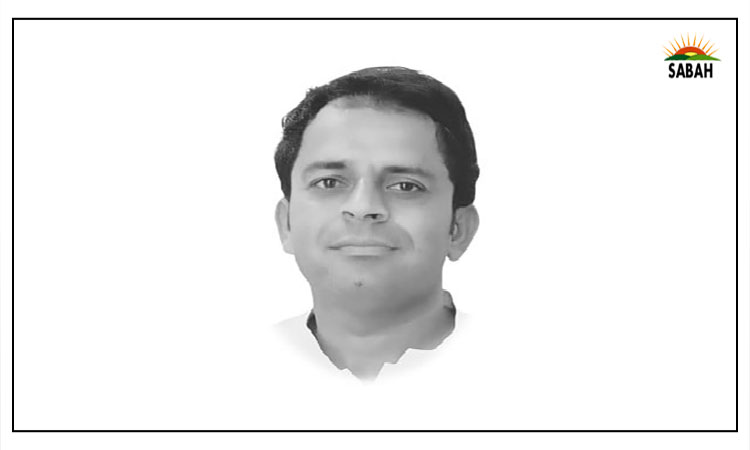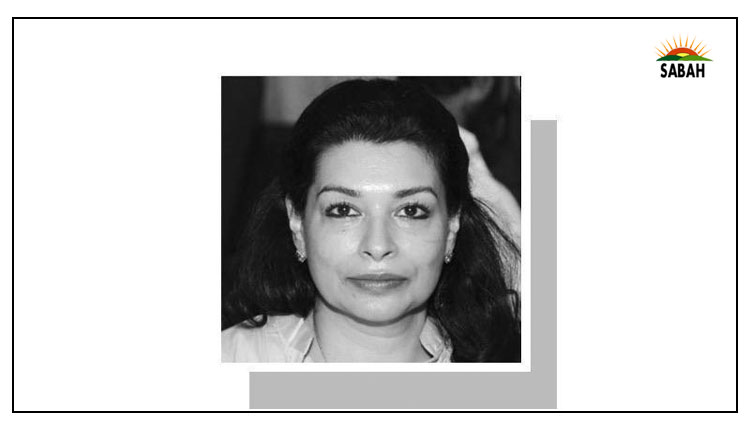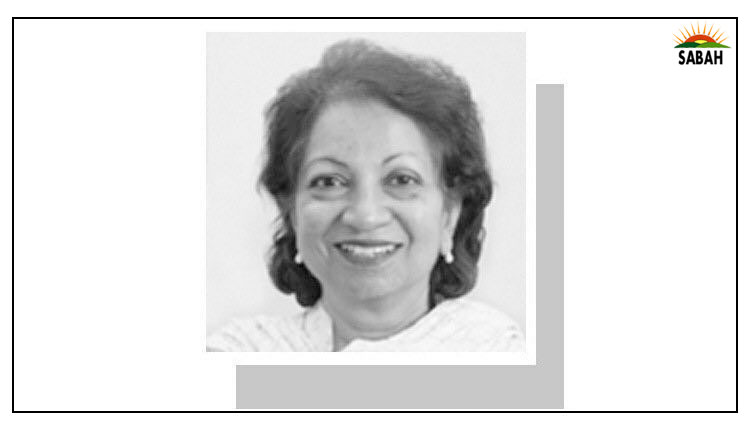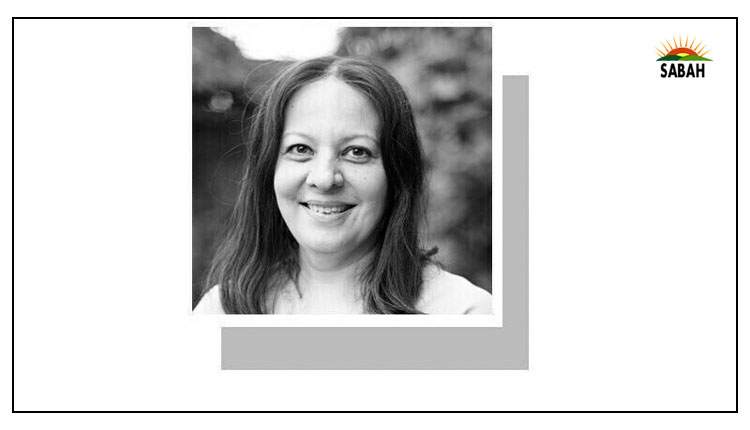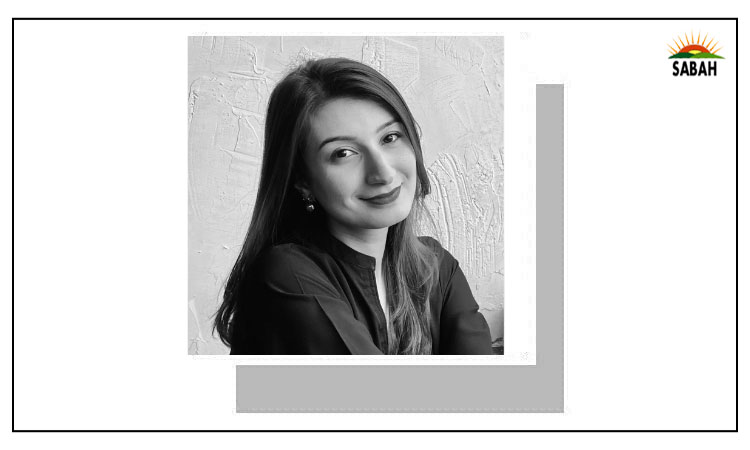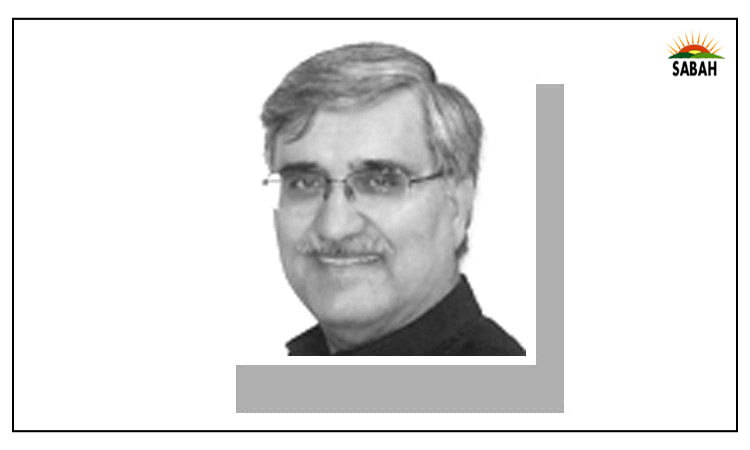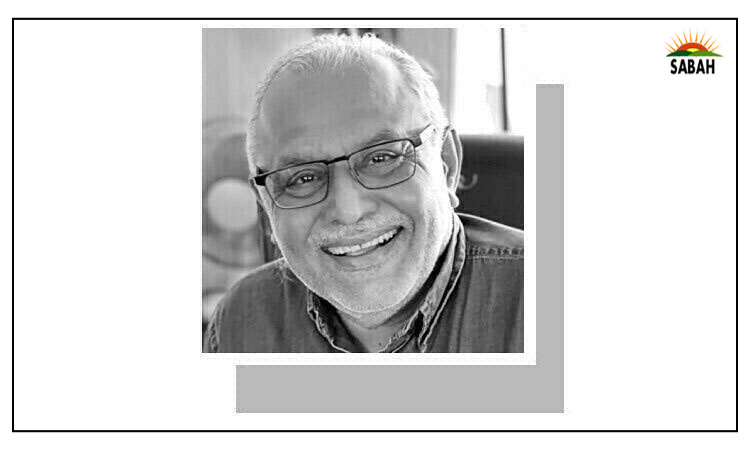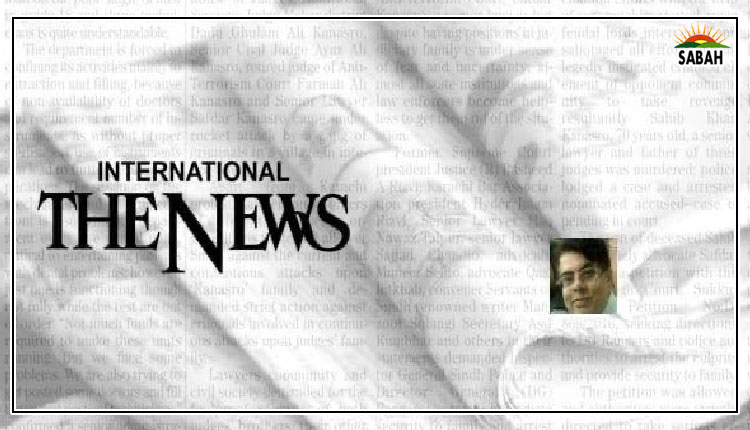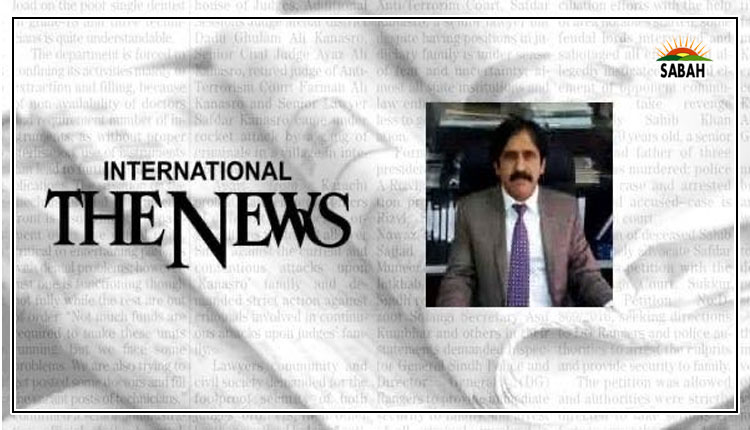Where is our middle class?…Hassan Baig
The middle class has almost been wiped out in countries like Pakistan owing to multiple reasons ranging from lack of job opportunities in inflation-ridden economies to ever-increasing price hikes and economic crises.
The Covid-19 pandemic is partially responsible for triggering this crisis; in the early years of the pandemic when complete lockdowns were observed all over the world, economies were badly hit due to disruptions, hurdles and turbulence in global supply chains.
There are other factors too that have led to the gradual diminishing of the middle class. High-value technological revolutions backed by IT have emerged to replace the old methods of earning for the middle class. Artificial Intelligence (AI) is poised to further strengthen the digital revolution in the coming days, months and years.
The middle class in any society is the backbone of the economy, as people from this class work hard to climb up the ladder. In Pakistan, people from the middle class earn between Rs600,000 and Rs1,500,000 annually. But now the middle class is shrinking or virtually disappearing in Pakistan, as earning opportunities for this group are decreasing. This is a bad sign.
The middle class in economic terms is a progressive class, as it ensures and contributes more to economic growth through their sheer hard work for the uplift of the economy. They are industrious in nature and strive to earn more to be part of the higher class, as their ultimate goal or dream is to be part of the higher echelon of society.
The important question is: what constitutes the middle class in Pakistan? Five indicators provide the basis for the estimation of the middle class including but not limited to its access to education, occupation, income, lifestyle and housing. The middle class in Pakistan is badly suffering from high inflation, unemployment, joblessness, and a debt-ridden and shrinking economy.
Some estimates suggest that the vibrant middle class of Pakistan traditionally consisting of about 35 per cent of Pakistani society has been wiped out in the last four years marred by multiple factors, especially the effects and after-effects of Covid-19 in the form of high inflation, which has slowed down the economy.
The investment atmosphere is also badly affected due to myriad reasons with almost zero investment coming to the country. This is due to multiple factors including but not limited to high interest rates, deteriorating law-and-order situation, security issues, and political instability.
There is every reason to believe that the famous economic hit man theory is applicable here, which is adversely affecting the people of Pakistan. All the loan programmes from international financial institutions are burdening the economy with ever-increasing tariffs, fuelling inflation in the economy.
We are getting loans to pay back previous debts and the interest incurred on them. We are trapped and bundled into a vicious cycle of debt. The stringent conditions attached to such loan programmes are badly affecting the middle class. The funding of social safety net programmes through loans is a faux pas, as the sustainable economic growth model ensuring enablement is badly affected due to such programmes.
External loans should have been utilized for the self-sustainable model of economic growth, generating employment through industrialization and investment and enhancing exports and production capacity.
The ever-increasing energy tariffs with inflated electricity and gas bills have made the lives of ordinary people of Pakistan miserable. The overall inflation, especially food inflation as evident from the Consumer Price Index (CPI) is at its peak, touching around 40 to 50 per cent, pushing middle-income people below the poverty line.
The means of earning are diminishing due to the shrinking economy as finding jobs has become a rare commodity in this high-tech world of economic transformation. Unemployment is again at its peak. Only a small strata of the urban class consisting of people possessing computer or internet-based knowledge have access to new means of earning in the form of e-commerce.
This is a new phenomenon as we are observing the emergence of a new small middle class of individuals using AI-backed apps and platforms to earn money, and frankly they are, in fact, a hope for the economy.
High-interest rates as a policy to control inflation in Pakistan are further pushing people below the poverty line due to a simple reason that investment in such policy rate is not possible. And this lack of investment in the country triggered by such bad policy decisions slowly diminishes the middle class.
Inflation in Pakistan is mainly cost-push and imported inflation, as a major portion of our imports consists of oil and gas from abroad. There is a misconception among policymakers about controlling inflation through the exchange rate and policy rate mechanisms, as international oil and gas prices cannot be regulated through the policy rate mechanism.
Exports from Pakistan are almost inelastic as they cannot be increased or enhanced through the massive depreciation or devaluation of the currency. That is again a bad policy decision.
Pakistan is by and large an informal economy, as about 60 to 65 per cent of economic growth is estimated to be contributed by the informal sector of the economy, which plays a major role in uplifting the countrys middle class. One of the reasons for the shrinking of the middle class is the fact that the informal sector of economic growth has been badly hit by increasing energy tariffs and the decreasing value of the currency.
A World Bank report has valued the informal economy of Pakistan at about $457 billion in 2022 as against the total outlay of Pakistans GDP of almost $300 billion in the formal sector of the economy. The middle class thrives in the informal sector, as almost 75 per cent of employment and business is in this sector, which consists of retailers, street vendors, small-scale agriculturists and middle-level entrepreneurs.
There is an urgent need to support the middle class in the country, as a vibrant middle class is essential for sustainable economic growth. There cannot be a more effective social safety net for the poor of this country other than the contribution of the middle class to economic growth.
The most important step is to control inflation to save the middle class from the brunt of price hikes. The policy rate needs to be brought down to a single digit, ideally to around 5.0 to 6.0 per cent, to help support and generate an investment-friendly atmosphere.
The informal sector is the backbone of both the economy and the middle class of the country. It needs to be brought into the tax net after a well-thought-out process. The outclass theme of the current discourse is to save the shrinking middle class from extinction for the larger interest of economic growth and the well-being of the people.
Courtesy The News


